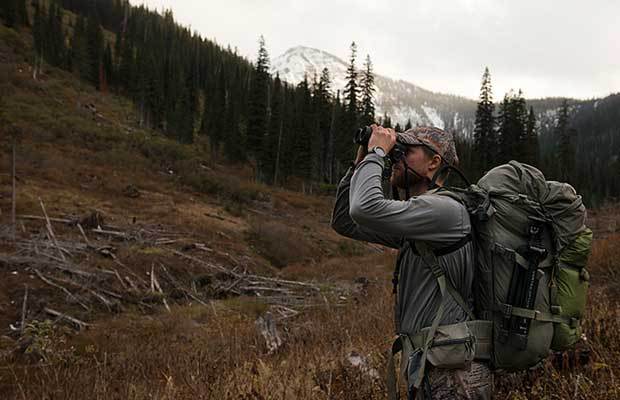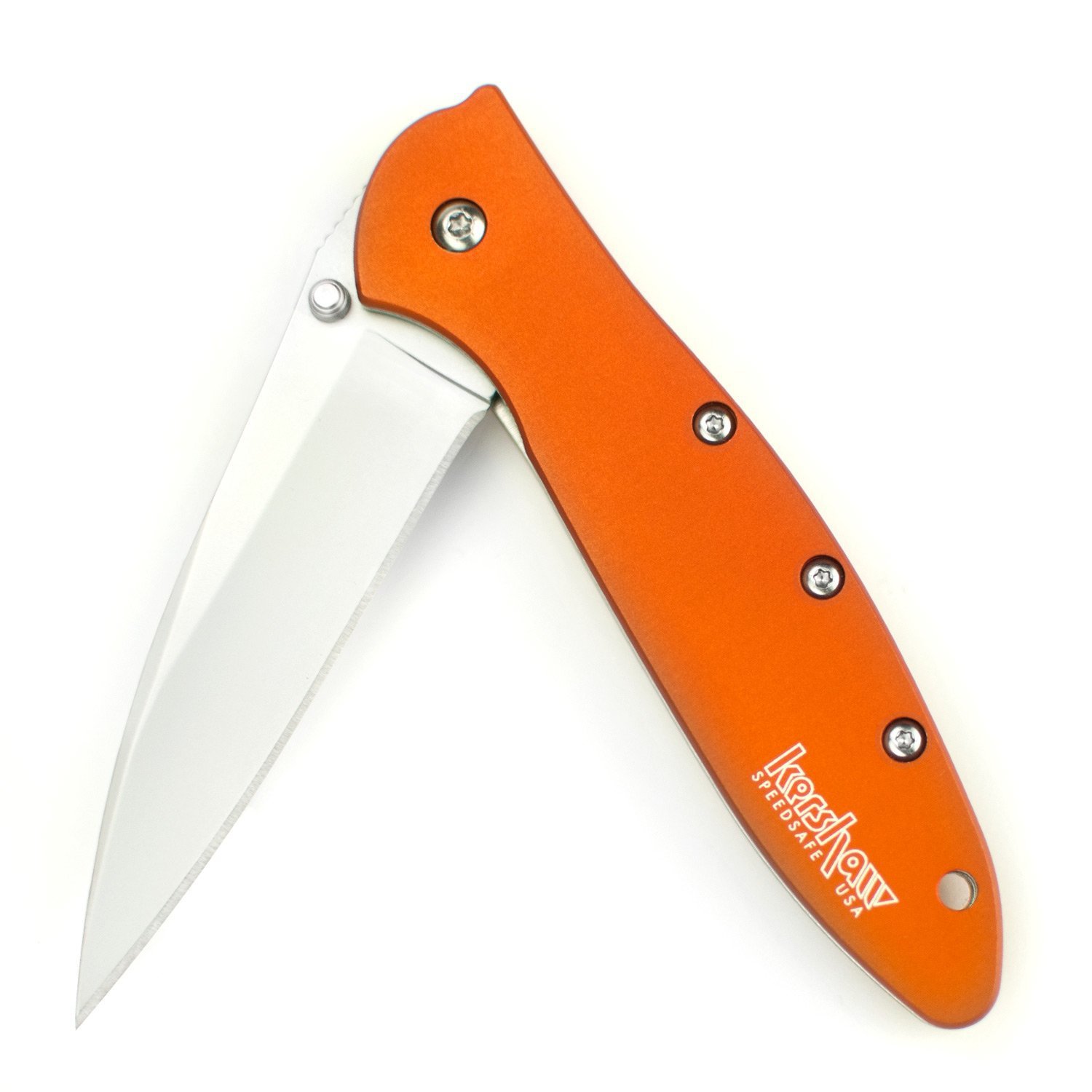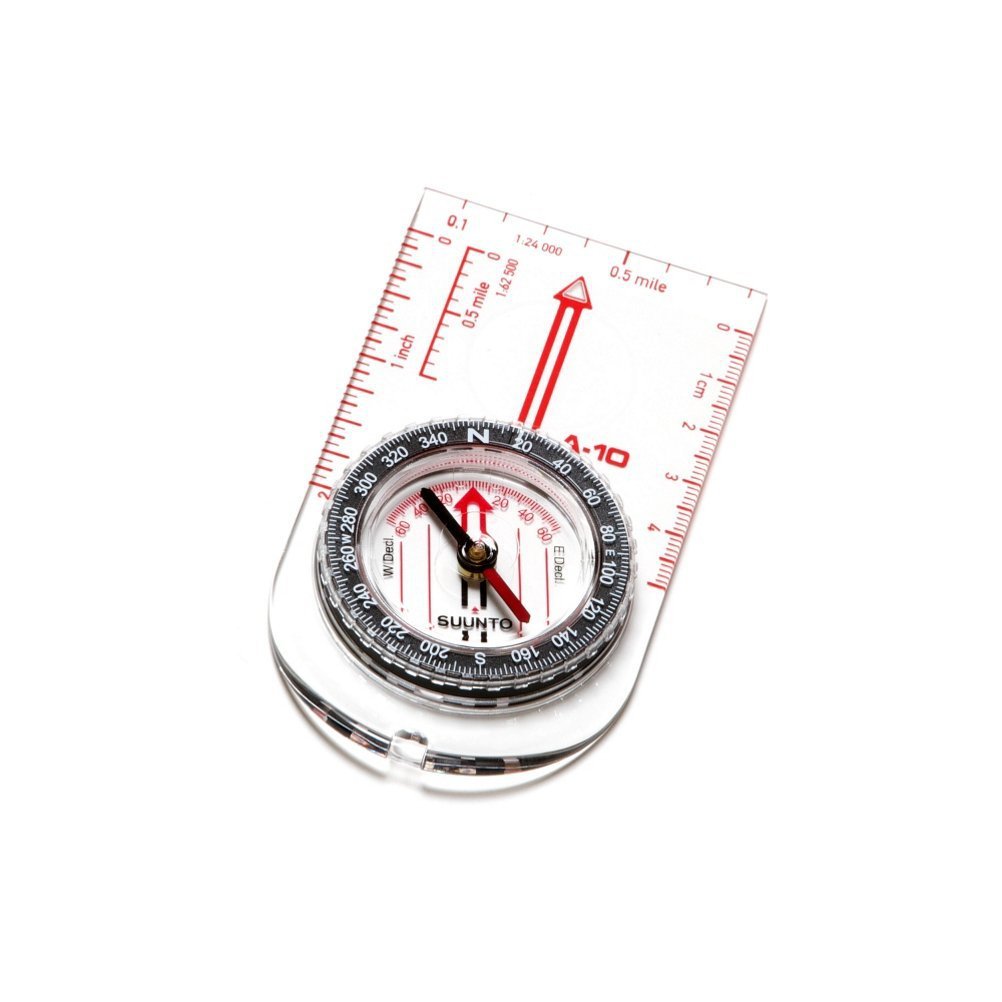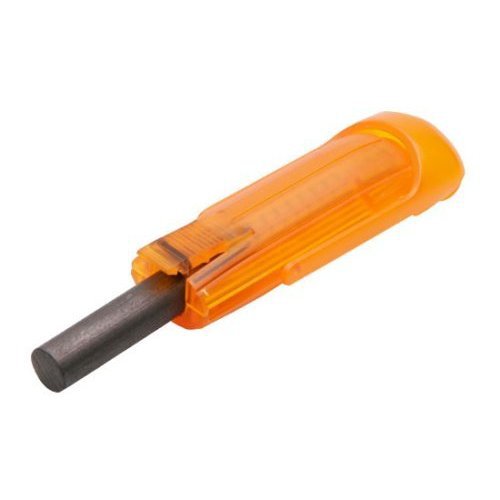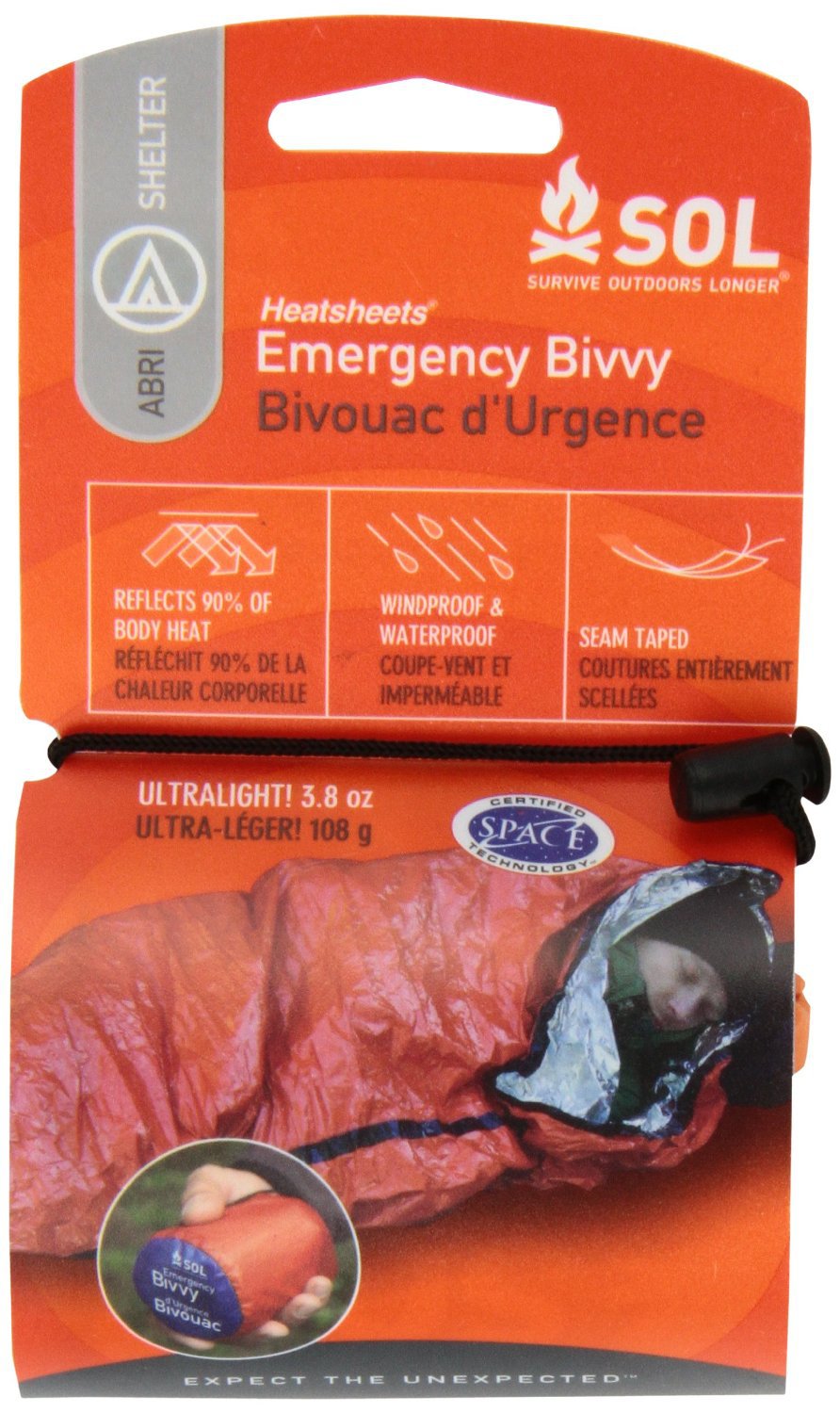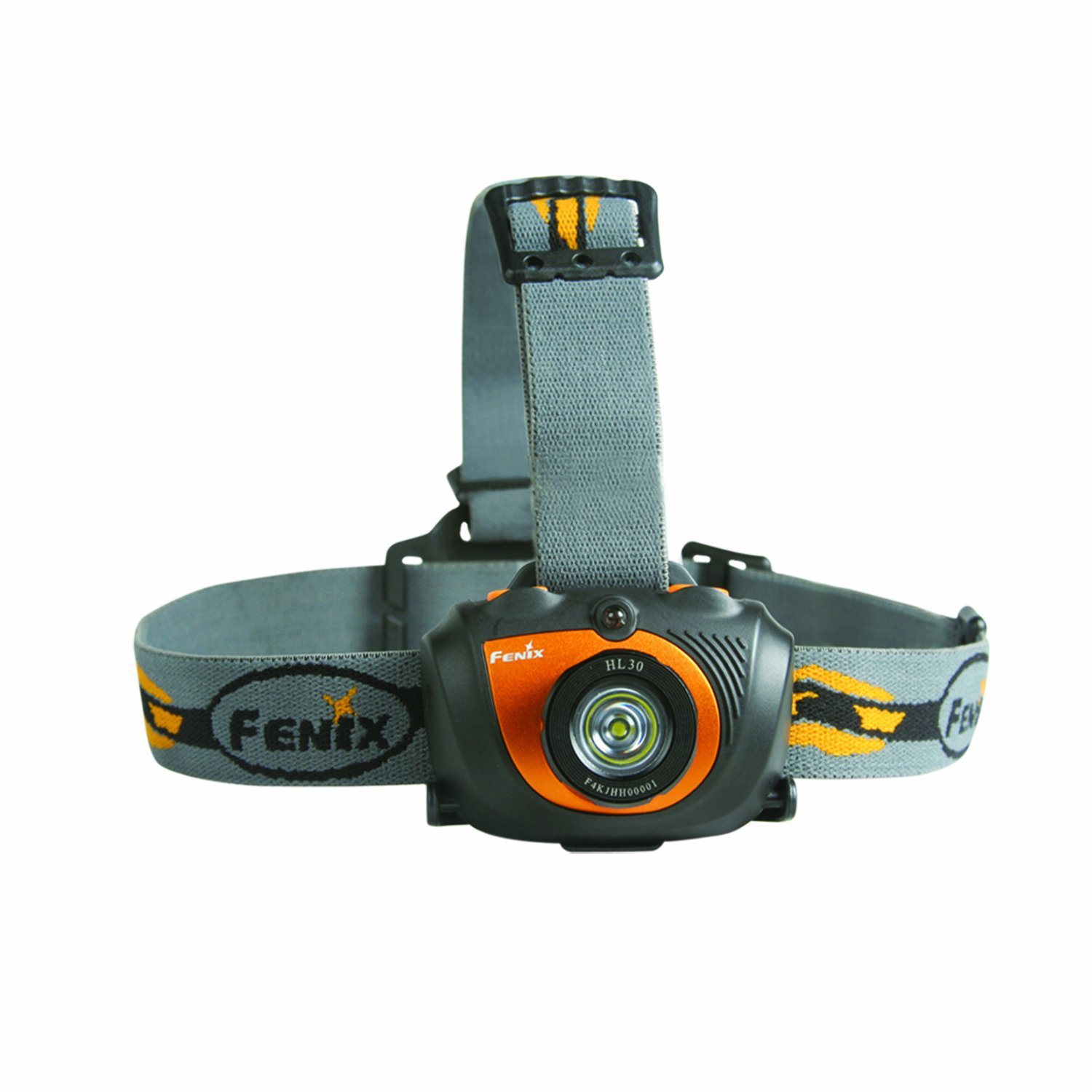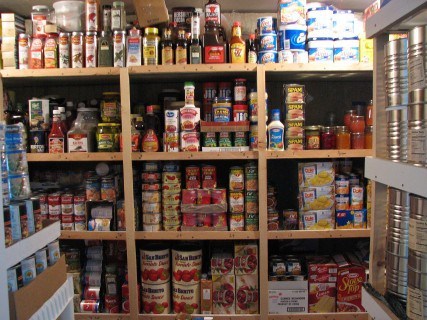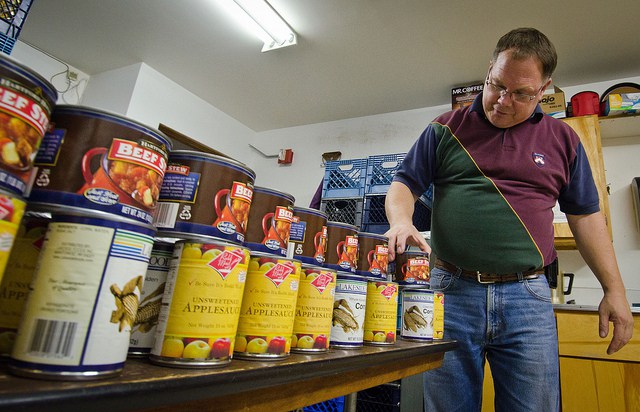Five Emergency Survival Tools
As preppers we strive to acquire skills, knowledge and yes tools that can assist us should we ever be faced with dire circumstances. The actual disaster that you might be facing and you own situation at the present time would necessarily determine what would be required of you to survive. For instance there might be a wildfire burning in the next county over with winds driving toward your house. With some time you could pack the family in the wagon and head out onto the highway to find a hotel or stay with friends a safe distance away. This is a real survival situation for you if the flames were approaching and by the act of bugging out you were responsible for saving your family. Had the flames kept going and you didn’t leave they all might have perished with you if the fire reached your front door.
But for some of us we don’t look at that example as a survival scenario. You had a car and the banks were working as well as your cell phone. You had a place to go and have plenty of clean, dry clothes in your bags packed safely in the mini-van that you just refilled because the pumps are still working fine. You are still able to buy food at a restaurant and aside from the fire, everyone is safe.
A survival situation doesn’t have to look like a reality TV show. I think far too many people imagine survival as being dropped onto a deserted island with nothing but a knife, water bottle (5 camera men) and your wits to keep you alive. Do these things happen to some people? Sure, but not usually unless you purposely head out into nature with the express intent of getting far away. I know that you can get into danger by simply hiking local nature trails over the weekend but how many of us living in the city or suburbs (outside of some real crisis) have to look for shelter, food, find our way to civilization or make a fire?
When I talk about survival tools I am not coming at this from the standpoint of surviving in the jungles of Central America but these emergency survival tools could help there too. Survival to me is staying alive regardless of the location and these five emergency survival tools will help you maintain room temperature.
Can you cut it?
I have been asked this before but I do think the single most important survival tool besides a clear calm head is a knife. Knives have been around forever because they are so incredibly useful. You might think that you wouldn’t need a knife unless you were whittling a stick into a spear or slicing the skin off some animal you trapped in a snare, but you would be wrong. Knives offer so many uses that their importance can’t be overstated.
OK, so you believe you need a knife, but what kind of survival knife? How would you carry it? How much should you spend on a good survival knife? These are all great questions, but each individual needs to answer them for yourself. I will give you my two cents though. There are really two types of knifes for me. There is my big knife for cutting big things and taking a beating and then I have a smaller knife for cutting smaller things. It is not as sturdy.
Why have two types? It comes down to convenience really. For my EDC (Every Day Carry) knife that I have on my person at all times away from home and usually in my home I have a small folding knife. Now it isn’t so small that I can’t cut anything with it, but it isn’t too large that I can’t stick it in my pocket. I have this because the closest thing I am going to be getting to lost in the wilderness is a park. My small folding knife will still cut almost anything I would need it to and it’s compact size makes it easy for me to carry every day to work.
If I am going into the woods as I hope to do here in the next few weeks with my survival dog on sabbatical, I will leave the folding knife at home and carry my larger Gerber LMF II. This knife is a fixed blade that is far sturdier than my folder and can be used to chop down small trees if I need to. Both of them have a purpose and I chose my knife based upon where I will be, but I always have one on me. You should too.
Looking for love in all the wrong places?
Have you ever been lost? If you are taking a walk in the woods you should carry a compass and a map. I have and love my GPS, but if that goes out I still have my map and a compass. With a compass you don’t have to worry about EMP rendering your device out of commission. Actually, where I have been backpacking we sometimes lose the satellite signal so my compass is the low tech fallback option for finding my way back home to my family.
Now, it’s all well and good to have a compass but you need to know how to use a compass and map too? Most anyone I know can pick one up, point it and say, ‘that way’s North’ with authority but will that be enough? Check out this great video on using a compass and map if you need a refresher.
Come on baby light my fire!
If I had a dollar for all the articles I had seen (and a few I have written myself) about the importance of being able to start a fire, I would have… I don’t know; a hundred bucks? Suffice it to say that there are a lot of people out there who are trying to convey the importance of being able to start a fire. Why is fire so important? Just like these other survival tools, it can save your life.
You can learn how to start a fire with a fire plough or the magnifying glass trick or my personal favorite, starting a fire with a bottle of water but really there are easier options. The easiest option is a simple Bic lighter. I have dozens of these strewn around the house and in both my bug out bags, get home bags and the bag I take hiking with me. They are cheap, easy to use and do what they are supposed to do. But, what if they get wet?
Two alternatives to the good old Bic lighter are both called fire steels. I have a Swedish Fire Steel which is a rod that you need to strike with a stainless steel striker or the back of your knife blade to make sparks that are over 5,400 degrees Fahrenheit!! This isn’t just cheap fireworks when you are bored but combine this with the proper amount of dry tinder or WetFire cubes and you will have a flame in no time.
I also have a BlastMatch all-weather fire starter which is the same concept but you can use this one-handed. Perfect for if you are injured or you need to use one hand to block the wind or keep that bear at bay. Both of these great survival tools are waterproof so that gives them an advantage over matches (unless they are waterproof obviously) and Bic lighters. Sure a Bic will dry out if you have the time, but what if you just escaped a raging river, all your gear is soaked, the sun is going down and you are freezing cold? Also, they will last for thousands of fires and you can’t say the same for matches.
Gimme Shelter
Quick, what is the first thing that will kill you? Lack of food? Dehydration from no water? A backhand from a Polar Bear? If you answered polar bear I might have to give that one to you but unless you are in the arctic or dumb enough to climb the fence at your local zoo, the chances of you seeing a polar bear are slim.
Most people fret about starving or dying of thirst though and that isn’t really what you have to worry about the most. Exposure will kill you faster than thirst or hunger and it is something to consider. Have you heard of the rule of threes? The rule of threes goes something like this:
- You can live three minutes without air
- You can live three hours without shelter
- You can live three days without water
- You can live three weeks without food
Now before you start saying that the most important thing is air, let’s just say that this is a given. If you are suffocating you definitely have big problems, but that isn’t likely either. Most of those survival shows I talked about at the beginning show you how to scavenge for food if you are lost in the wilderness, but like the rule of three says, you can go weeks without food. Will it be fun? No, but you do have bigger problems.
Shelter in this rule means getting too cold (hypothermia) or two hot (hyperthermia) and both are just as bad for your body. If you find yourself in a survival situation there is a tool that you can use to regulate your body temperature and this can keep you alive. In the heat you have to get out of the sun. In the cold you have to conserve heat and a survival bivvy works great for both purposes. As a sun shade you can turn the survival bivvy inside out and let the reflective material reflect the sun off you. It also doubles as a signaling device. When you are cold, climb into the bag and the reflective material will reflect your own body heat back on you keeping you warm.
I can see clearly now!
Lastly, and one of my favorite survival tools is a flashlight. Well, more precisely it is light because light can solve a world of problems. Can you imagine being lost and not being able to see? One wrong step could land you in a hole that might break your ankle or you could step off a cliff. When I am backpacking I have a Fenix headlamp that I love. I just strap this to my head and I can walk around and do most anything I normally would because I can see clearly where I am going, what is ahead of me and I don’t have to use my hands.
During the day a headlamp is a little bit much but I also carry a small but bright flashlight as part of my EDC. You would be surprised how often I have to use this thing so it does come in handy.
What are some of your favorite survival tools?
As preppers we strive to acquire skills, knowledge and yes tools that can assist us should we ever be faced with dire circumstances. The actual disaster that you might be

